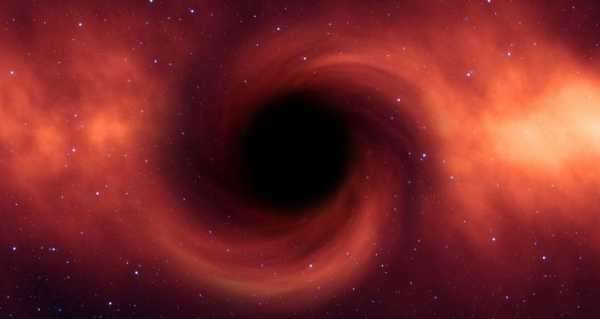
The science team behind the study said that their efforts show that radio astronomy “can play a more significant role in these studies going forward.”
A team of astronomers led by Jack Radcliffe from the University of Pretoria has gained new insights into the nature of the humongous and voracious celestial bodies known as supermassive black holes (SMBHs), Science Alert reports.
According to the media outlet, the team turned their attention to a region of space in the Ursa Major constellation, which has already been “well studied, but primarily in optical, ultraviolet, and infrared wavelengths.” However, Radcliffe and his colleagues “performed analyses of the region using a range of wavelengths up to X-ray, adding radio observations using very long baseline interferometry to the mix.”
They also studied the phenomenon known as the relativistic jets – beams of matter that can shoot from a SMBH’s poles during accretion, at a speed approaching that of light.
The researchers reportedly said that the data they’ve obtained may help gain a better understanding of SMBHs’ growth and accretion behaviour, and that radio astronomy “can play a more significant role in these studies going forward.”
Sourse: sputniknews.com






